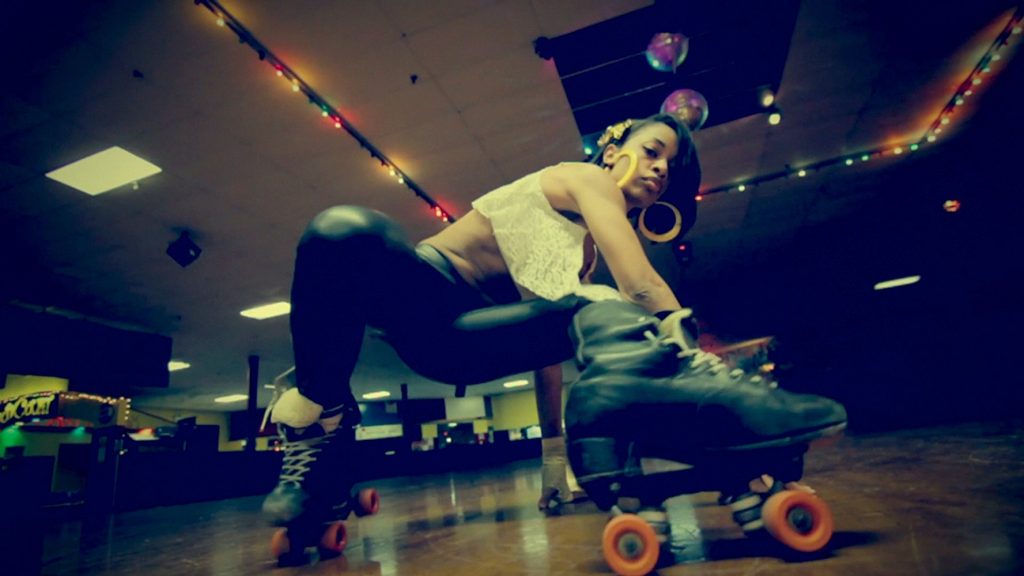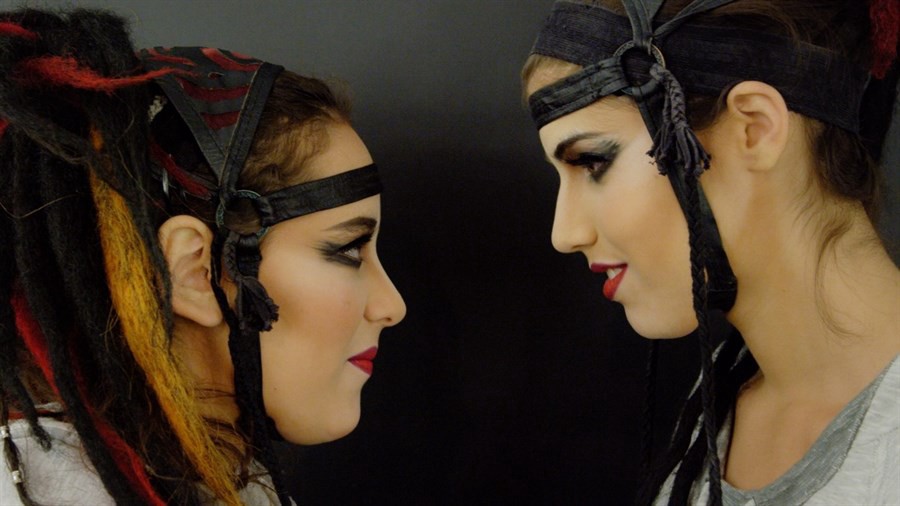Sara Jordenö is a New York- and Gothenburg-based Swedish visual artist and documentary filmmaker. Her stories often concern communities facing different types of marginalization and how they position themselves in the world. Her cinematic projects and commissions have been shown internationally at venues such as the Rotterdam International Film Festival, The Viennale, the 5th Berlin Biennial, The Modern Museum, Stockholm, GIBCA, the Gothenburg Film Festival, the Kitchen and MoMA PS1. “Kiki” is Jordenö’s feature documentary debut. (Press materials)
“Kiki” will premiere at the 2016 Sundance Film Festival on January 26.
W&H: Please give us your description of the film playing.
SJ: “Kiki” is a coming-of-age film about a group of LGBTQ youths of color in New York City who are part of the famous subculture of ballroom. The group built and governs a creative activist community, a safe space and an alternative family system they call “the Kiki scene.”
The film follows seven characters from the Kiki community over the course of four years, using their preparations and spectacular performances at events known as Kiki balls as a framing device, while delving into their battles with homelessness, illness and prejudice, as well as their gains towards political influence and affirm[ations of their] gender expressions.
W&H: What drew you to this story?
SJ: The beautiful and essential fact is that I was invited to make a project with this community by one of its leaders, Twiggy Pucci Garçon, the co-writer of the film. I very quickly realized that this was a documentary feature film and that it was a big, important film. And during the four years we worked on the film, the political landscape around these youth has changed, resulting in increased visibility for people of trans experience and the emergence of movements such as Black and Trans Lives Matter, which both concern this group.
W&H: What was the biggest challenge in making the film?
SJ: There were huge challenges in the editing of the film, considering the editor, Rasmus Ohlander, and I had almost 150 hours of footage shot over four years. It was hard to get closure and to leave the beautiful stories of the individuals in the film. That said, everyone involved felt that it was the right time to put an end to the story, and the participants feel good about the end result, which is important.
W&H: What do you want people to think about when they are leaving the theater?
SJ: It depends who visits the theater. If it is LGBTQ youth, or a youth in general, I would want them to feel hope. If it is a person who maybe not have many at-risk LGBTQ youths of color in their lives and thus rely on media representations of that group, I hope they have a more nuanced understanding.
If a person with political power visits the theater, I hope they see this community needs a lot more resources and will work for them. I used to say that I want the film to change the conversation, but I also want people to want to dance, to feel the joy and empowerment — [to] feel the shift that I think is happening.
W&H: What advice do you have for other female directors?
SJ: Hard question. As an under-represented group, we develop strategies. I have made a choice to work with cis-gendered and transgender females in the crew as often as I can, as well as people of color. We all know that the talent is there. There is no reason that the film world cannot be diverse, that there can’t be a shift.
As for the struggles that us cis-gendered and transgender female directors face in the film world — when it happens to me, I like to convert that bad energy into something positive — into power.
W&H: What’s the biggest misconception about you and your work?
SJ: That the work is easy, and that it is enough to be there with a camera. That the fact that I am a parent should hinder me from making work.
That this is a film that only concerns a small audience. Self-actualization, dignity and family support are universal themes that resonate with people from all societies and walks of life.
W&H: How did you get your film funded? Share some insights into how you got the film made.
SJ: I am a Swedish filmmaker and “Kiki” is a co-production between the Swedish production company Story and American and the production company Hard Working Movies. We have great producers. There has been a steady financing of the film due to early support from The Swedish Film Institute and Swedish television, who also understood that we needed to shoot a lot and have a long editing period.
W&H: Name your favorite woman-directed film and why.
SJ: Chantal Akerman’s “Jeanne Dielman, 23 Commerce Quay, 1080 Brussels.”
It is a masterpiece. It was such a huge loss when she passed away.







